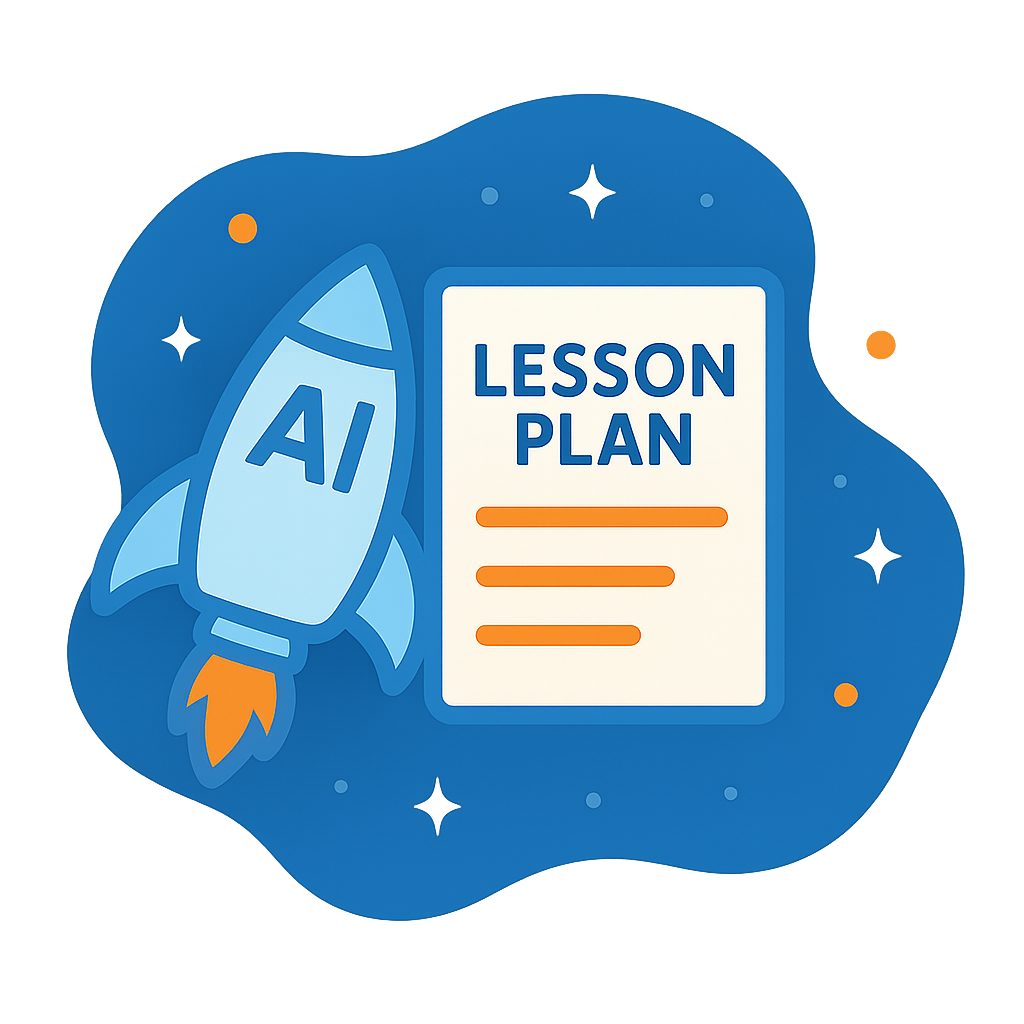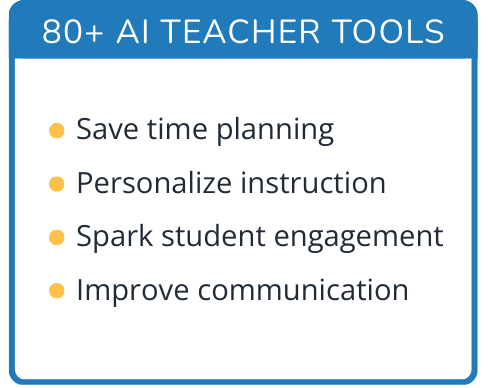Hi, what do you want to do?
Curated OER
Soils
Young scholars apply knowledge of soil, environmental impacts, economics, multiple human demands, and use given data for a proposed scenario in making land use decisions. They debate land use issues and/or scenarios and discuss a case...
National Gallery of Canada
Who Are You?
What can a self-portrait reveal about an artist? Discuss various self-portraits before tasking your pupils with creating their own. Learners research artists, develop an idea of their own individuality, and create photo collages with...
EngageNY
Complex Numbers and Transformations
Your learners combine their knowledge of real and imaginary numbers and matrices in an activity containing thirty lessons, two assessments (mid-module and end module), and their corresponding rubrics. Centered on complex numbers and...
Curated OER
What's In a Name?
Students explore the relationship between names and certain cultures and locations. In this identity lesson, students create family migration or immigration maps. Students read excerpts from When My Name was Keoko and Lost Names: Scenes...
Curated OER
Research a Poet and Explicate a Poem by that Poet
Using your school's media center, internet research, and a SMART board, 7th graders research a chosen poet and write a research report. Additionally, 7th graders explicate one poem by the poet within their report. Several resource links...
Curated OER
Reading Poetry in the Middle Grades
Bring the beauty of "Nothing Gold Can Stay" by Robert Frost to middle school language arts. After learners read a copy of the poem, they follow an instructional sequence that focuses on sound, figurative language, and theme.
Curated OER
Critical Ways of Seeing The Adventures of Huckleberry Finn in Context
Students complete a unit of lessons examining the cultural context of the novel, 'The Adventures of Huckleberry Finn.' They write a critique of the novel, compare/contrast two published critiques, and explore various websites.
Curated OER
When Art Conveys a Political Message
Twelfth graders learn art is an effective way to convey a political message. They learn how political messages are created to convey a message. They analyze a piece of artwork and then write a short paragraph from the point of view of...
National Security Agency
Go One-on-One with Decimals
Shoot and score with three basketball-themed lessons about decimals. Young mathematicians compare game statistics, make trash can hoops, and play a data spinner game to practice identifying digits and values within decimal numbers.
Curated OER
It's All Poetry to Me!
Fourth graders explore language arts by analyzing poetry styles. In this writing analysis instructional activity, 4th graders read several sample poems in class and identify similes, metaphors and other figurative language within them....
Curated OER
Awesome Animals
Students collect data from classmates about their favorite animal. They use the ClarisWorks graphing program to enter data, graph results, and interpret data.
Curated OER
Society, Cyberspace and the Future
Students locate information on the rapid growth of world population and consumption needs through the use of Internet, Cd-ROMs, laser dics and other media. They use spreadsheet to present data gathered on world population growth between...
Curated OER
"Dear Ma and Pa" Primary Documents: Letters Home from the War
Pupils read and analyze letters written by a soldier during World War II. They discuss using letters as a primary source of historical information, complete a worksheet, and write a letter to a loved one.
Curated OER
Plot and Conflict
Students review the literary elements of plot and conflict. In this plot and conflict instructional activity, students read a story and answer questions about the plot and conflict within. Students create a concept map for the novel to...
Curated OER
Bridges to Good Writing
High schoolers use photographs of bridges to learn how to write well.
Curated OER
My Book of Winter Words
In these mini-book worksheet, students add to their vocabularies and practice printing when they create a mini-book about winter words. Students print the winter words on the blank lines, color the pictures, write their own winter word,...
Curated OER
M & M Madness
Second graders graph M & M's by color. For this graphing lesson plan, 2nd graders first predict how many of each color they think are in a handful of M & M's. Then they graph the amounts of each color on a computer program....
Curated OER
Zero The Hero, Trout The Lout
Students use a graphic organizer create a character sketch of Trout Walker from the novel Holes. Using the provided worksheet, students fill in the important character traits of Trout. Worksheet and answer key are provided with the lesson.
Curated OER
Jimmy's Rules
Students analyze the major theme in the story, "Jimmy's Boa Ate the Wash" to change the outcome and design a rule that changed the outcome of the story. The importance of rules and their differences formulate the basis of this lesson.
Curated OER
Charting and Graphing Sales
Students analyze graphs, charts and tables. In this data analysis lesson, students practice creating and analyzing charts, graphs and tables corresponding to sales and surveys. This lesson uses data relevant to students and includes...
Curated OER
Macbeth Madness
Learners analyze Shakespeare's Macbeth by completing the creative activities. In this Macbeth activity, students discuss the timeline for William Shakespeare and identify the characters for Macbeth. Learners read Act One, Scenes i-v of...
Curated OER
Third Set of Essay Questions on The Hobbit
Learners read The Hobbit by J.R.R. Tolkien and complete essay questions for the instructional activity. In this novel analysis instructional activity, students read The Hobbit and take notes using the worksheet. Learners write an essay...
Curated OER
Character Cluster
Third graders practice identifying characters and story elements by creating a character cluster in class. For this story analysis lesson, 3rd graders discuss the story Snow White and identify the characteristics of the evil witch....
Curated OER
Propaganda Techniques
Sixth graders locate examples of persuasive writing. In this persuasive writing lesson students work in a groups to identify and analyze the use of propaganda techniques. Students use newspapers to find editorials, or advertisements,...




























